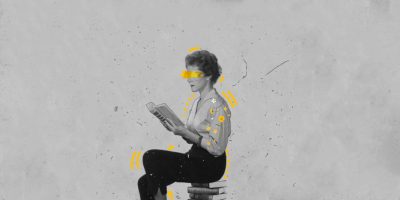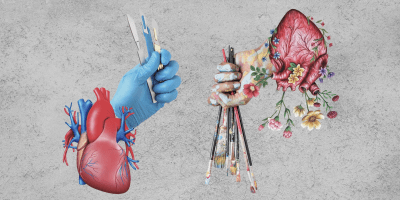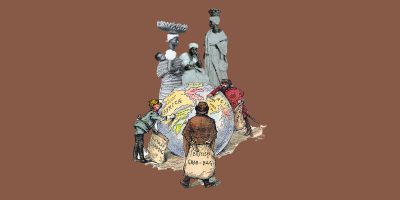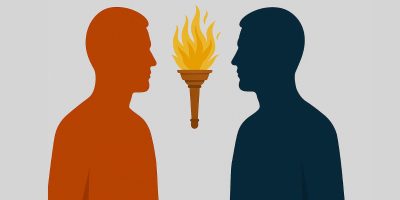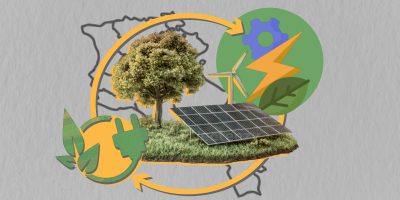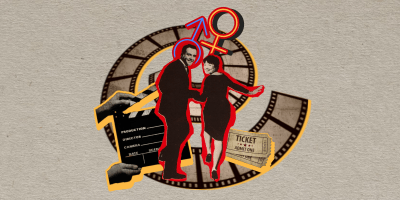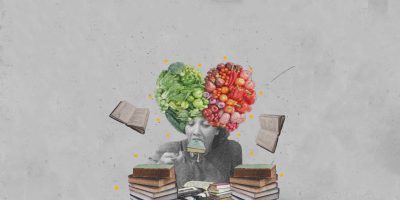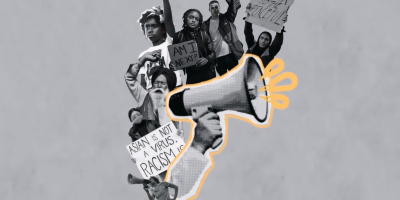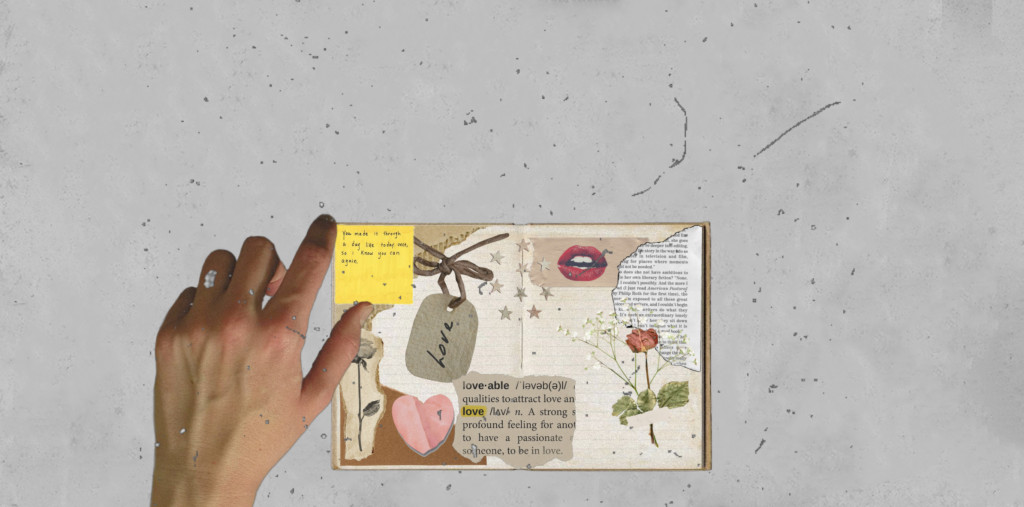
Do you remember your childhood, when you created beautiful and unique pages using stickers, dried flowers, and leaves to capture memories? If so, then you’ve probably tried scrapbooking at least once in your life.
Scrapbooking is a creative practice that involves filling blank books or journals with photographs, stickers, newspaper clippings, written reflections and decorative elements.
For many, scrapbooking is a way to document life, preserve memories and craft a lasting story. For others, it serves as a form of self-expression, artistic creation and a relaxing escape. In recent years, scrapbooking has gained popularity with the rise of TikTok and Instagram Reels, introducing the concept to a broader audience.Scrapbooking, however, is not a new phenomenon. The practice dates back to 15th-century England, when commonplace books and friendship albums became popular.
People would collect letters, poems, recipes, memorable quotes, and other personal notes in their commonplace books. Considered a hobby, memory collection and quality time spent with friends, scrapbooking gradually became a common practice among people.
Scrapbooking, like many other practices, has its own “godmother.” The contemporary scrapbooking industry, currently valued at multiple billions of dollars, attributes its foundation to Marielen W. Christensen. In collaboration with her husband, A.J. Christensen, she authored the seminal instructional publication titled Keeping Memories Alive in 1981.
Currently, the scrapbooking supply retail is established in Spanish Fork, Utah. By 1994, consumer demand resulted in the expansion of their enterprise to more substantial facilities. The company “Keeping Memories Alive” further pioneered the digital transition by developing the first scrapbooking internet presence, thereby facilitating the craft’s international proliferation.
Over the decades, scrapbooking has become a new way of art and creation, developing its own rules and guidelines.
The common ways of scrapbooking include thematic creations, where the scrapbooker tells a visual story through the specifically chosen stickers, paper cuts, quotes, and decorative elements.
Nevertheless, each scrapbooker has their approach, style, and techniques that work specifically for them, making the creation process even more fascinating. Due to its rebirth and evolution, scrapbooking became an interesting practice to study and explore whether it has healing powers, much like other art forms.
Ruth Kupeian, AUA counselor, believes that scrapbooking serves as a powerful form of self-expression and can be especially beneficial for those who find traditional, verbal-based therapy challenging. She encourages anyone drawn to scrapbooking to explore this form of self-therapy, as it can greatly support their journey of self-discovery and healing from trauma and pain.
Vicken Derderian, an architect, fashion designer and AUA lecturer, says that scrapbooking can be a form of art therapy as it involves the process of creating, making choices and achieving some result: “The creator is actively making choices which result in a construct. This construction ultimately starts to develop into a visual language and if honestly perused, it develops into a story.” He believes that through dedicated research, development and reflection, the creator gradually forms a personal perspective.
At its heart, this process is about making sense of experiences and assigning meaning to shape a story that can resonate with many different people in unique ways: “We each carry our own lens upon the world and use it to find connections to those around us,” he explains.
Derderian is convinced that practices like scrapbooking help us live in the process and force us to make choices. He adds that the choices that we make leave some level of a mark on the surface of what we are working on, whether it’s erasing a pencil mark or painting over something that doesn’t feel right. These marks reflect the creator’s active engagement.
For beginners, Derderian says that comfort often comes from familiar and easy-to-understand patterns during the creative process..
However, as artists progress, they come to realize that true creativity often emerges from the discomfort of reflecting on or expressing the deeper, more challenging aspects of the human experience. “Work stops being cold and mechanical once there is a clear understanding of how technical skill and idea development merge to tell a story, our story,” Derderian concludes.
Next time you’re looking for a way to express yourself, find comfort, or release stress, remember the healing power of art. Try the soothing practice of scrapbooking and allow yourself to heal through it.

